Task: Make barcode markings on different types of cardboard.
To complete the task, a machine with a JPT seal-355 UV laser with a wavelength of 355 nm , with an average power of 3 W, was used. Pulse duration at 30 kHz is less than 18 ns . The laser operates in the frequency range from 20 kHz to 150 kHz. To maintain the laser operating temperature (25 °C), a water cooling system is used.
Endurance 3 watt UV (355 nm) laser module
The machine is equipped with a galvanometer RC7110 with a lens “SL-355-110-160-D10-LP” installed on it, having a focal length of 160 mm and a working area of 110 mm by 110 mm.
The machine is controlled using the EzCad program .
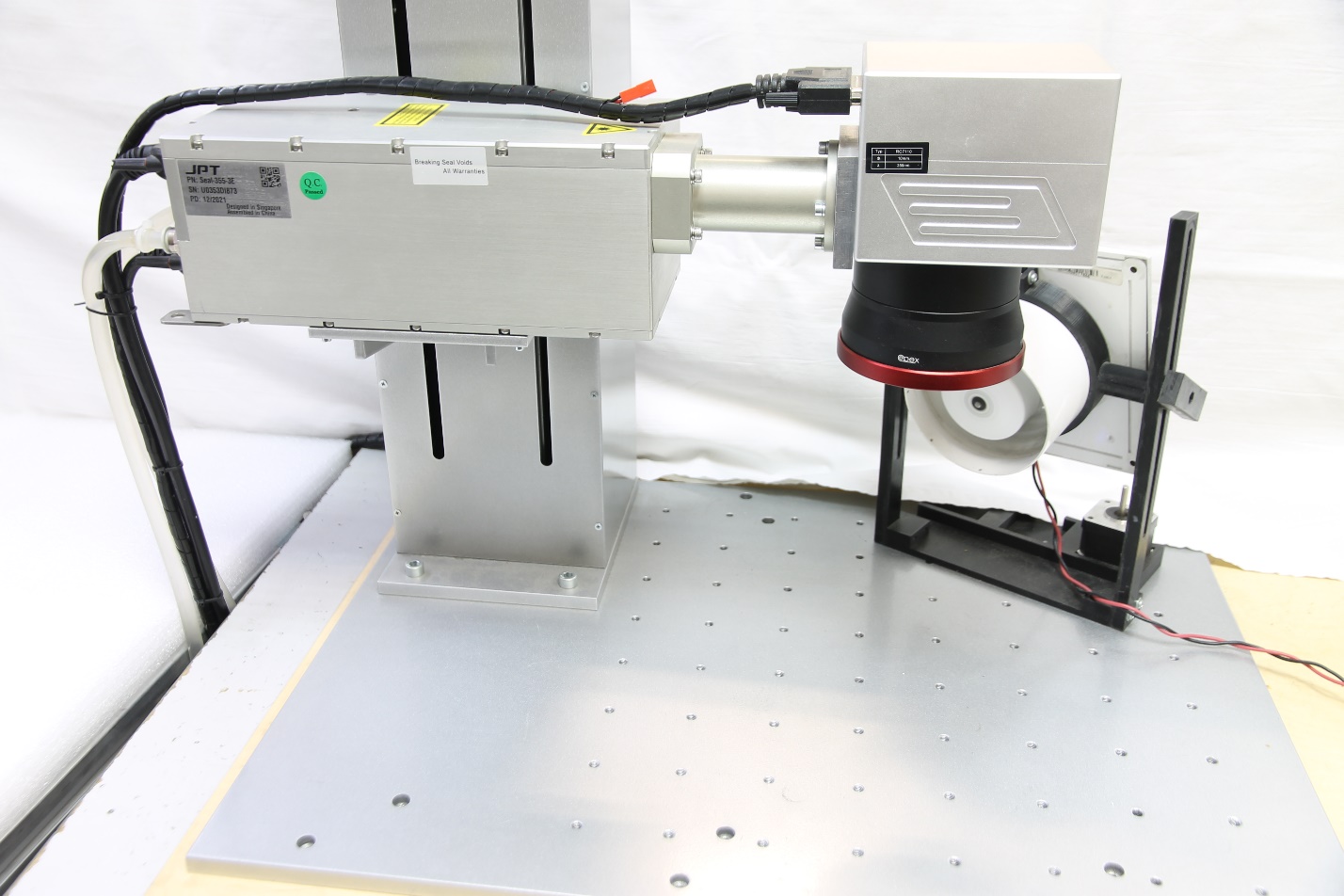
General view of the installation
Two types of barcodes were used for marking:
Linear digital barcode in EAN -13 format with the numbers “123456789012” encoded in it. The barcode consists of 13 digits, but only 12 are encoded; The 13th digit – checksum – is automatically inserted by the program.
Two-dimensional barcode in QR code format with the inscription “ ENDURANCE” encoded in it LASERS .”
The width of the barcodes was set to 18 mm.
Barcode marking was done by tracing each barcode element along a contour and then filling the contour. The distance between the fill lines was set to 0.05 mm.
Sample #1: Corrugated cardboard
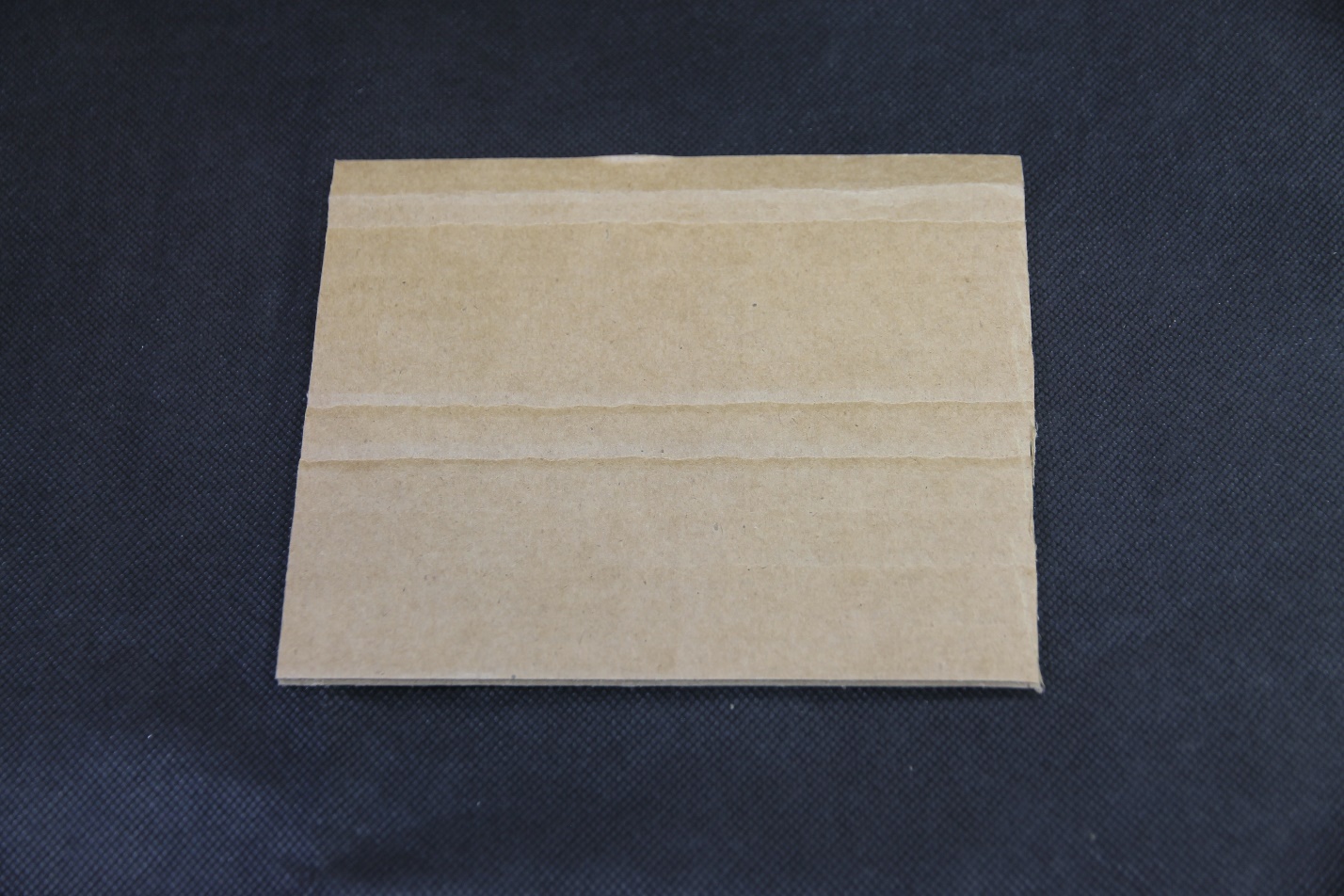
Based on the test results, the following labeling parameters were selected:
Frequency (kHz): 150
Q Pulse Width (us): 2
Speed (mm/s): 200
Loop Count: 2
Start TC (us): 100
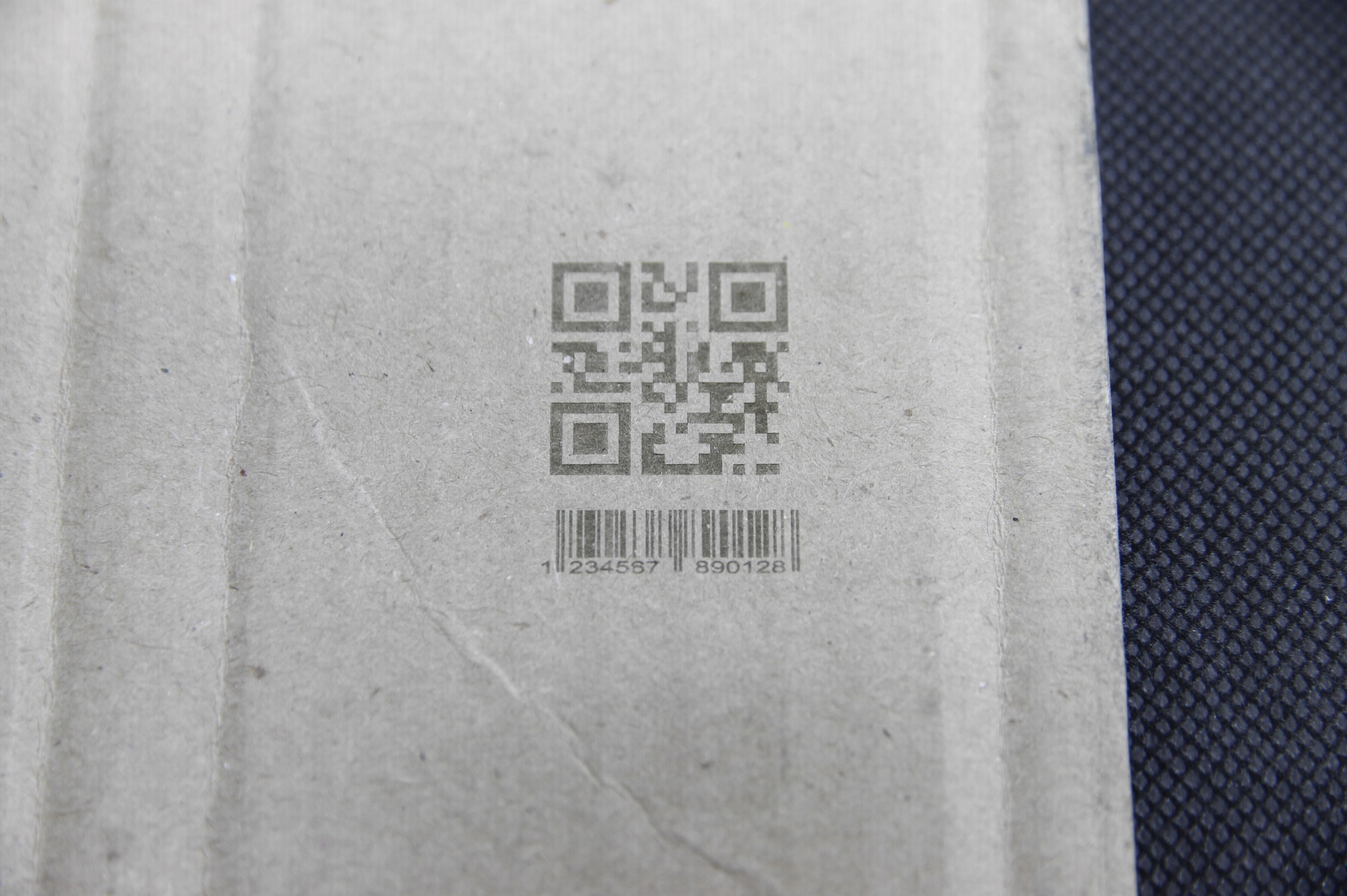
Marking on corrugated cardboard
Barcode Reading
| Barcode EAN-13 | QR code |
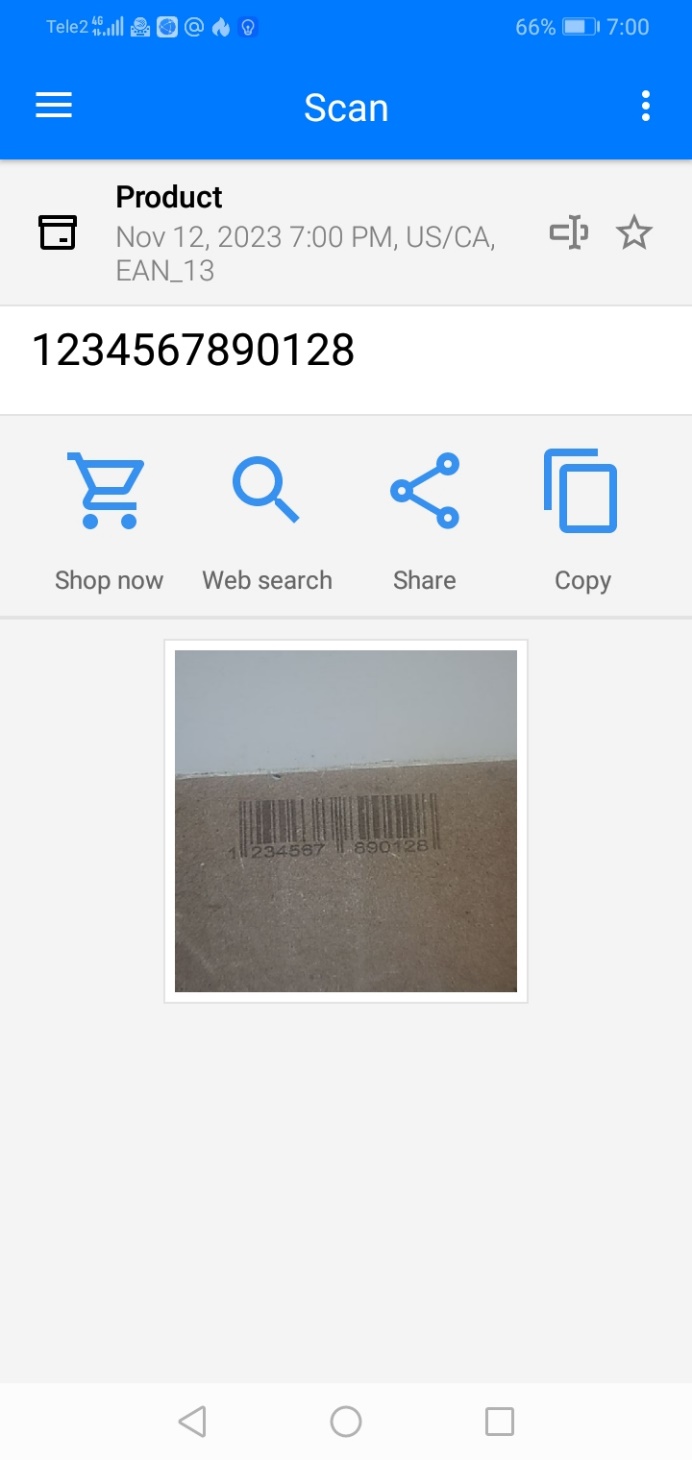 |  |
Markings under the microscope camera:
| Barcode EAN-13 | QR code |
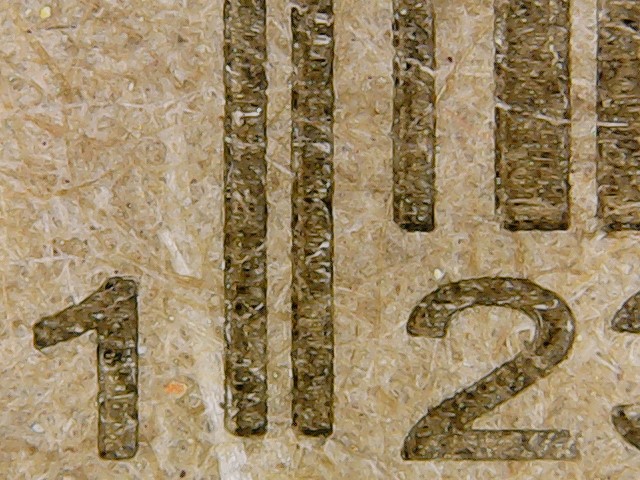 | 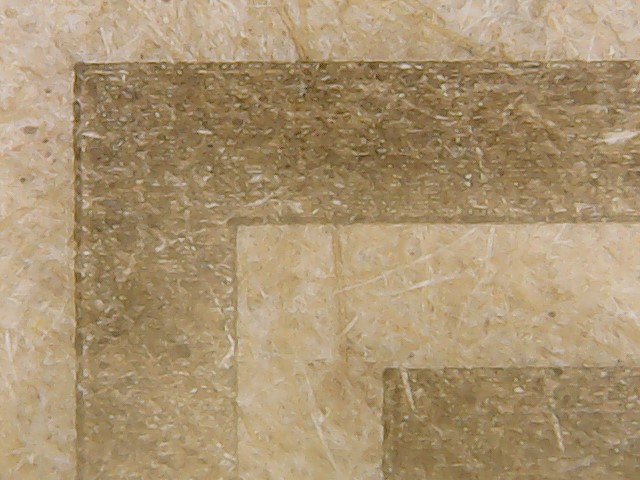 |
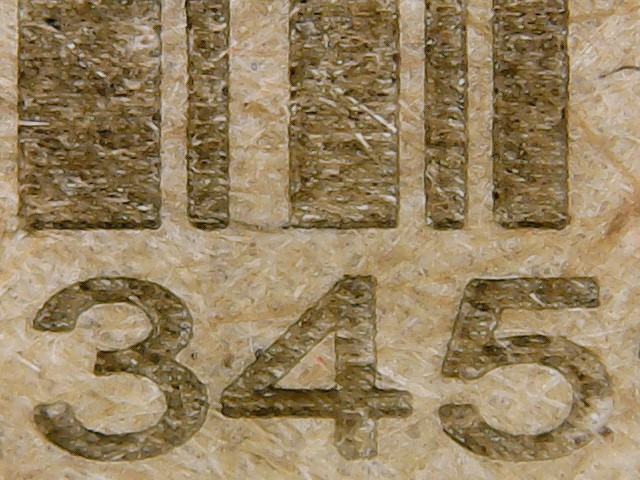 | 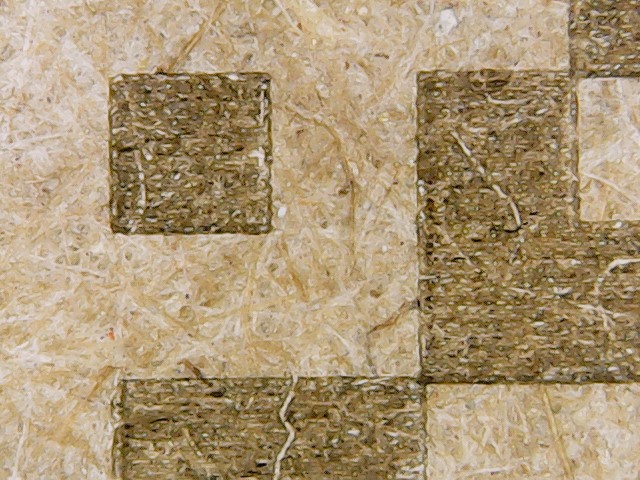 |
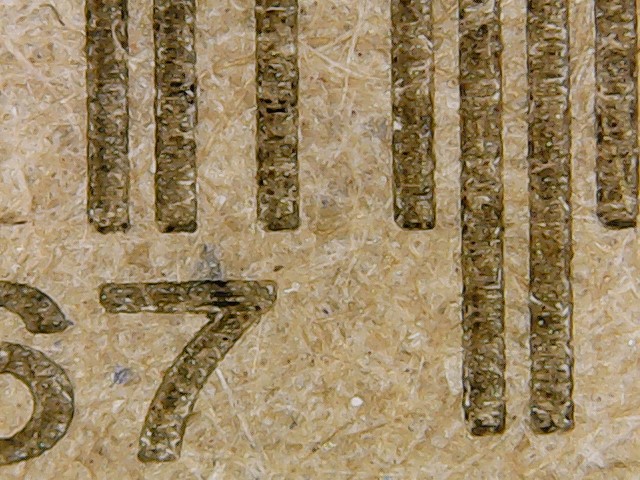 | 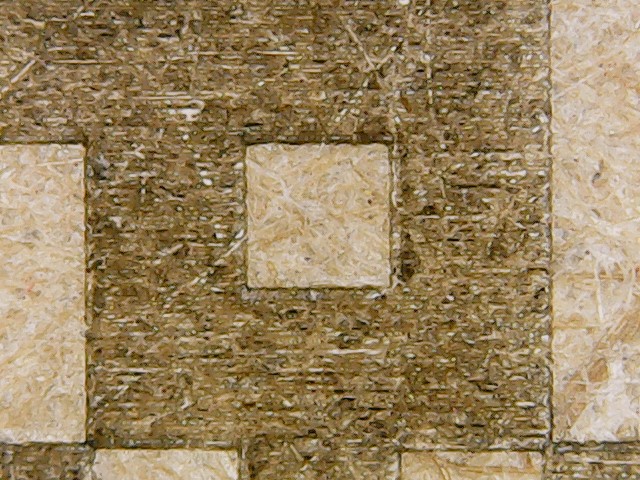 |
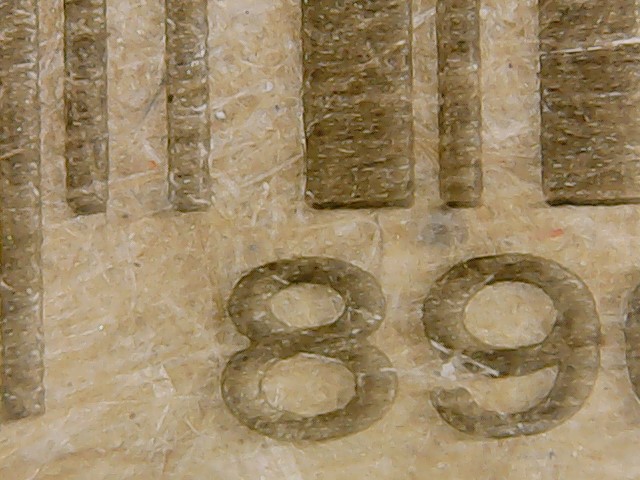 | 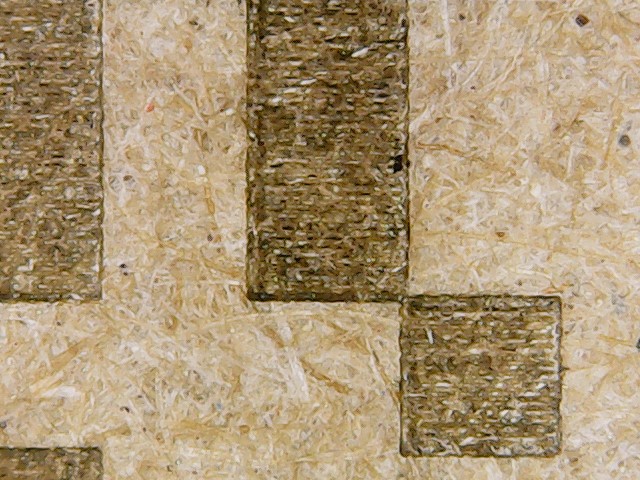 |
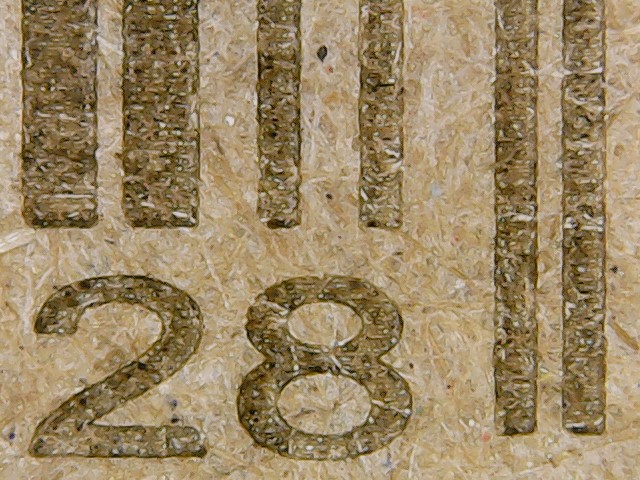 | 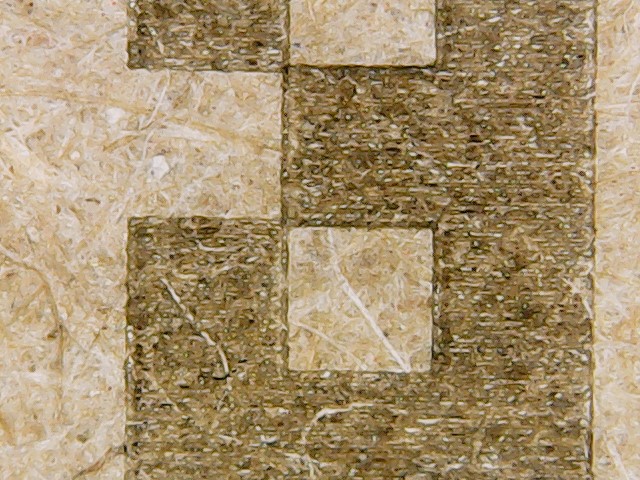 |
Sample No. 2 : Coated cardboard
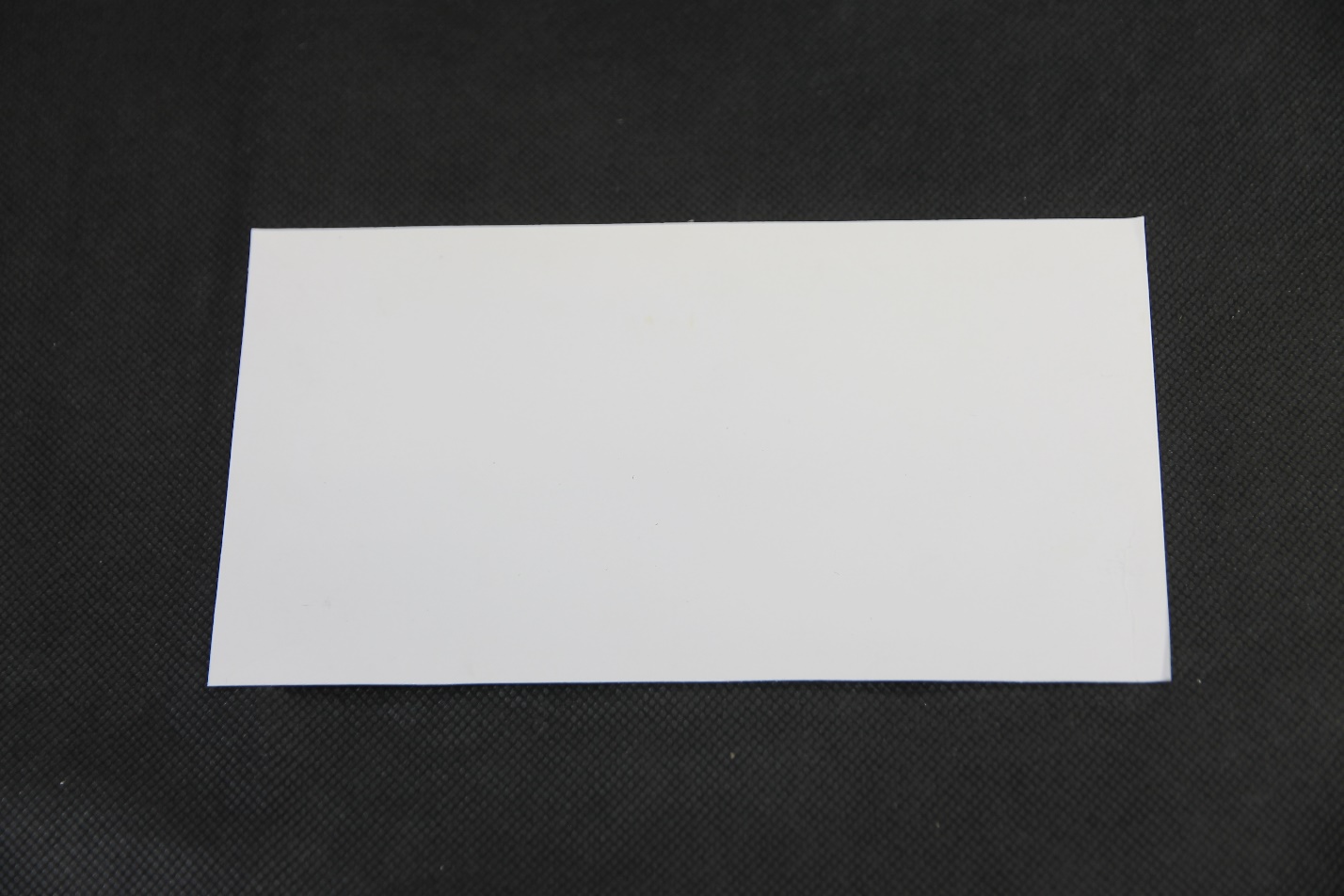
Based on the test results, the following labeling parameters were selected:
Frequency (kHz): 30
Q Pulse Width (us): 1
Speed (mm/s): 280
Loop Count: 3
Start TC (us): 100

Marking on coated cardboard
Barcode Reading
| Barcode EAN-13 | QR code |
 | 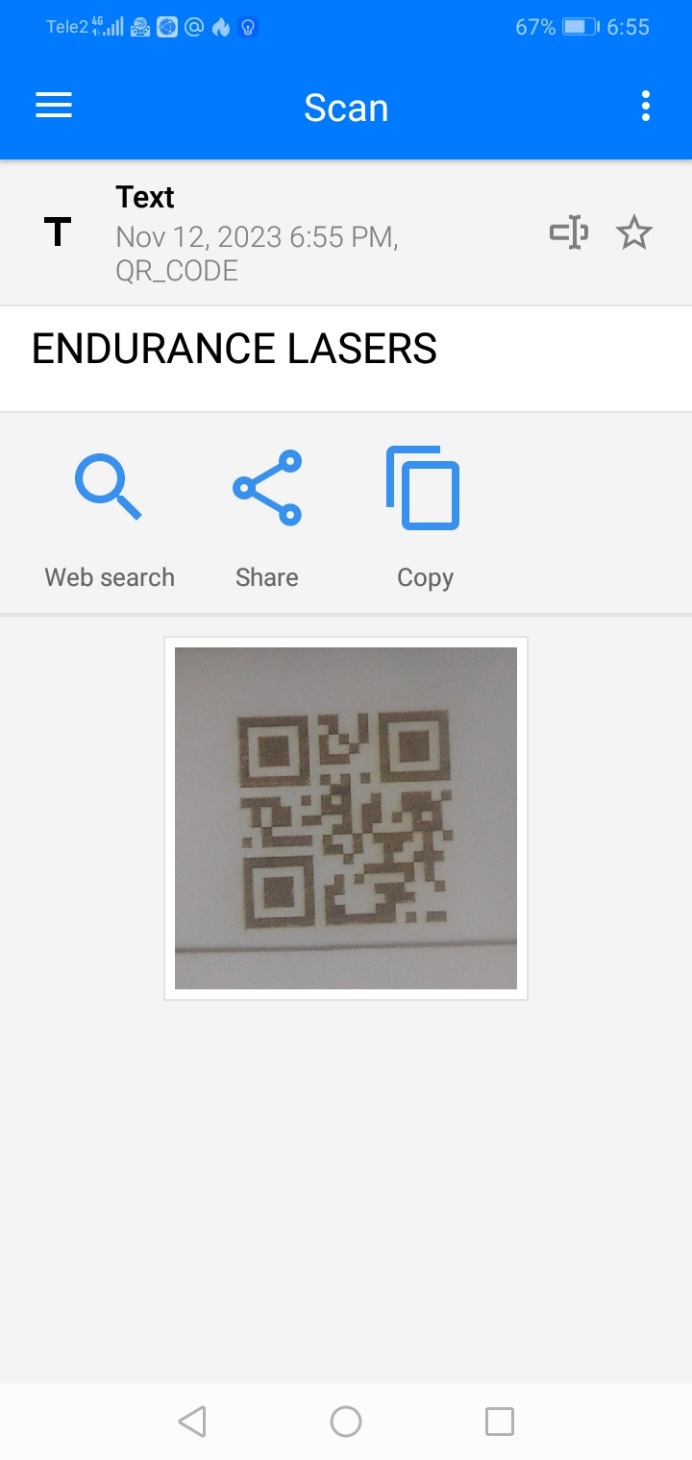 |
Markings under the microscope camera:
| Barcode EAN-13 | QR code |
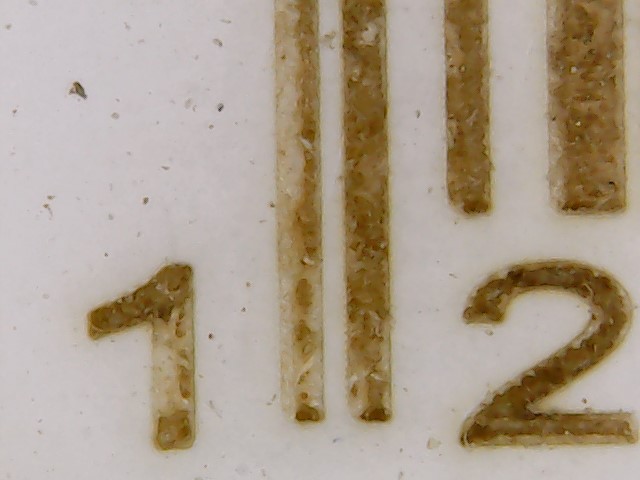 | 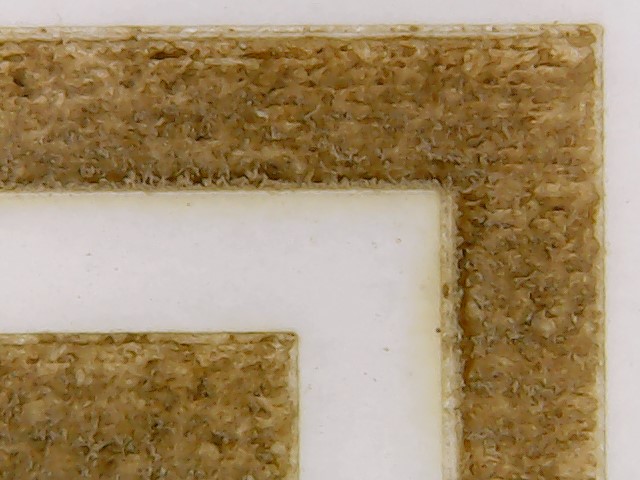 |
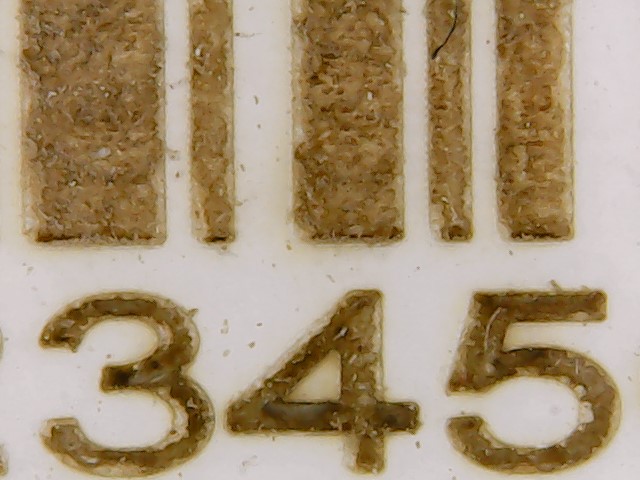 | 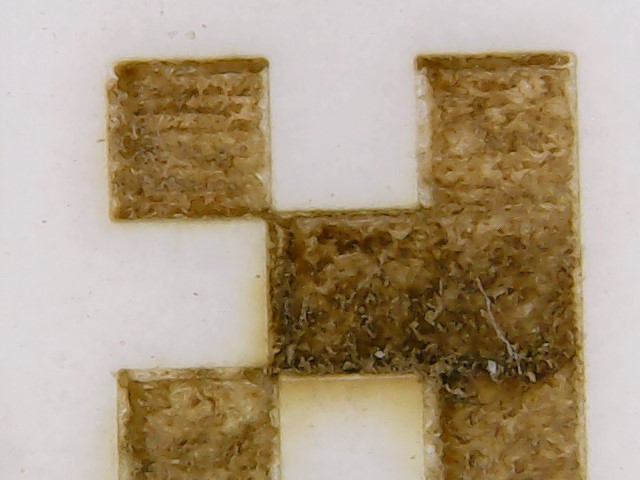 |
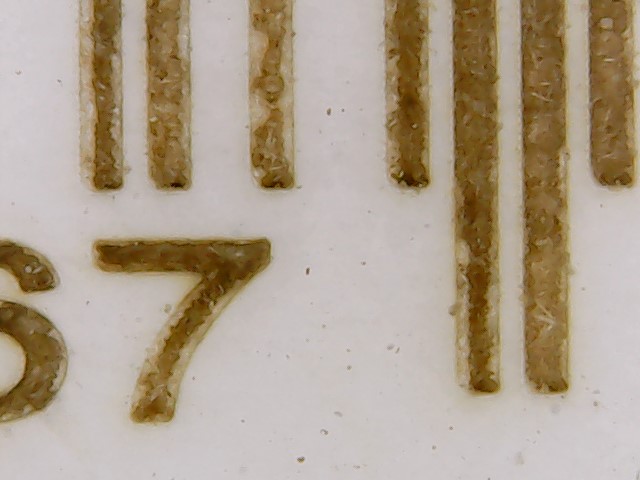 | 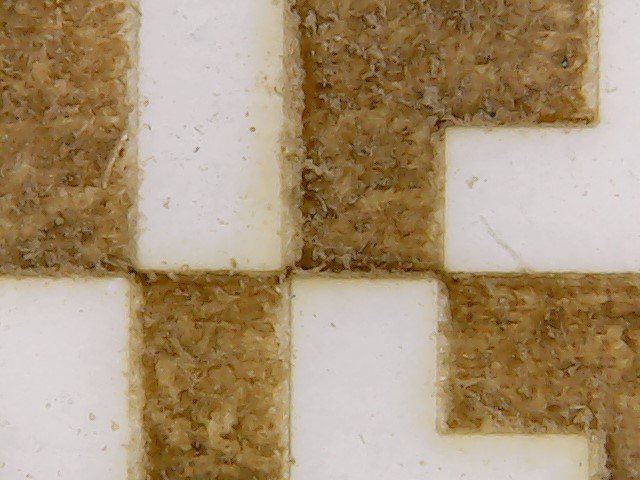 |
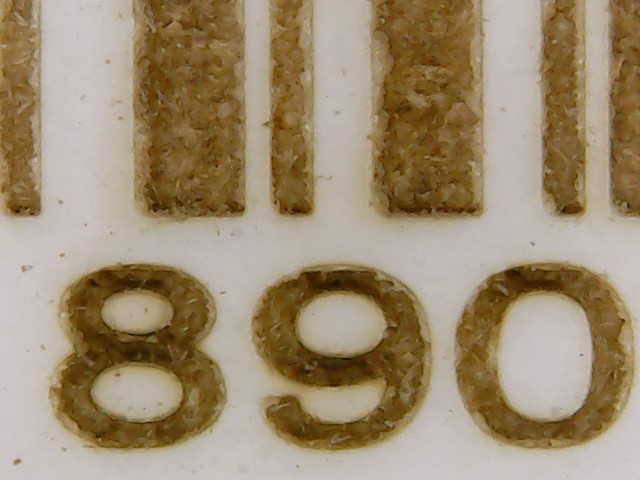 | 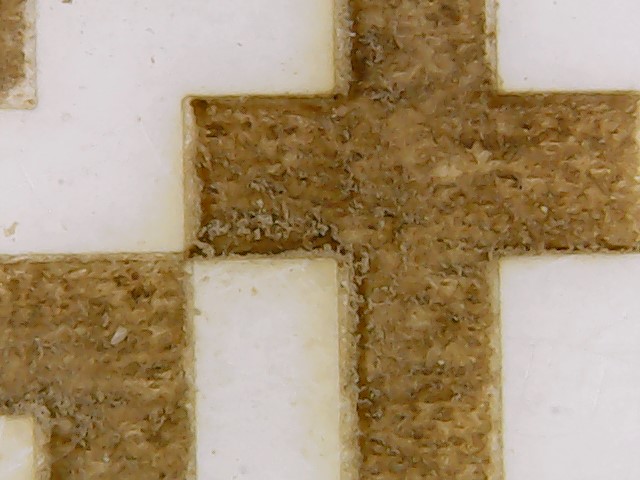 |
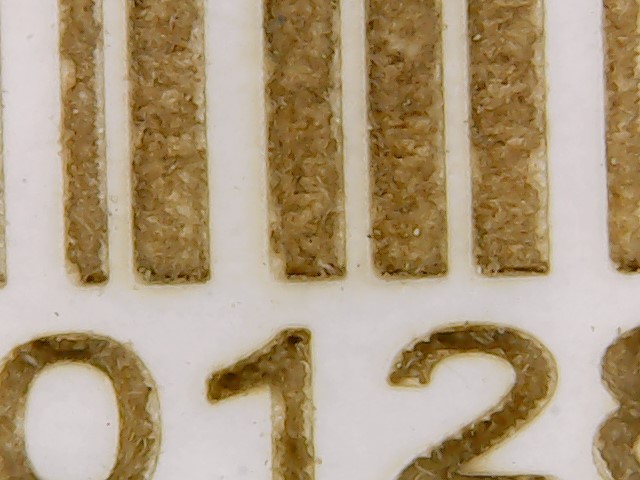 | 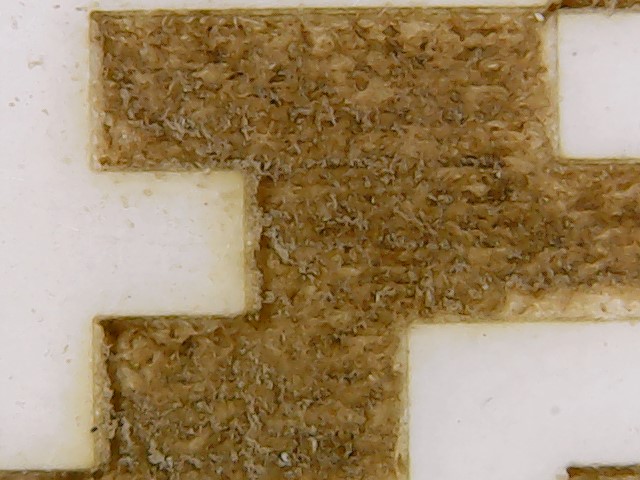 |
Sample No. 3: Binding cardboard
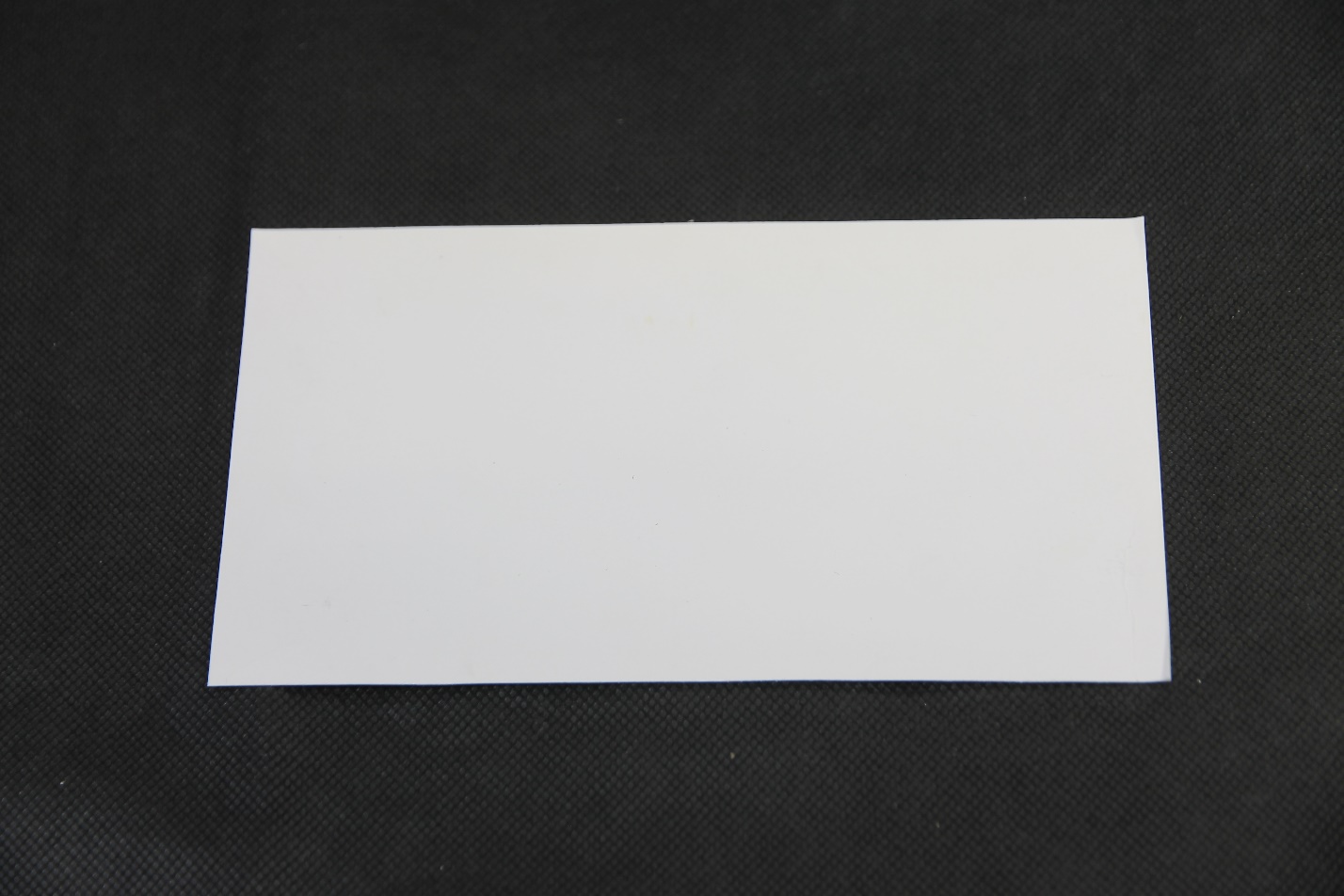
Based on the test results, the following labeling parameters were selected:
Frequency (kHz): 30
Q Pulse Width (us): 1
Speed (mm/s): 200
Loop Count: 2
Start TC (us): 100
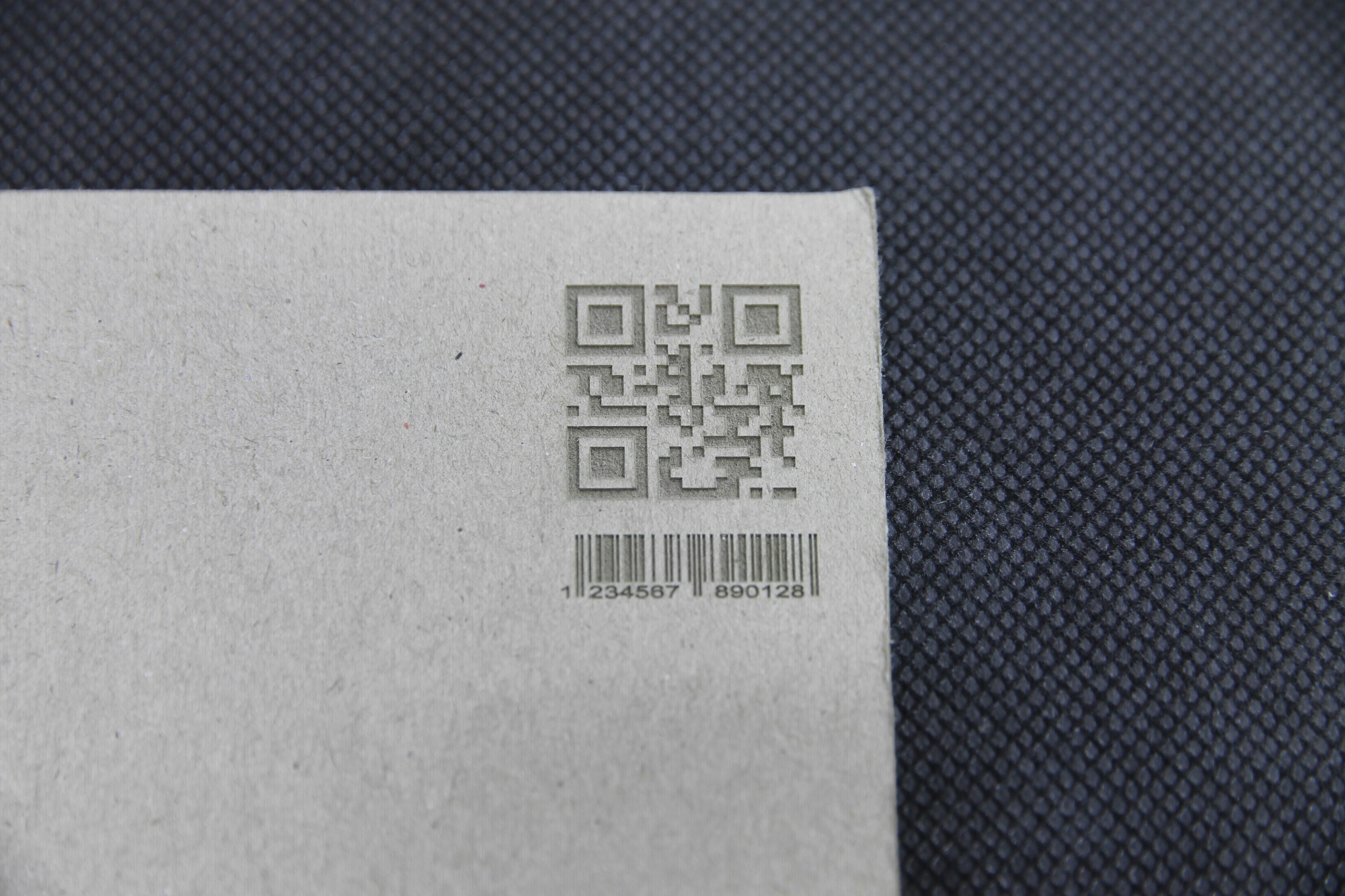
Marking on binding board
Barcode Reading
| Barcode EAN-13 | QR code |
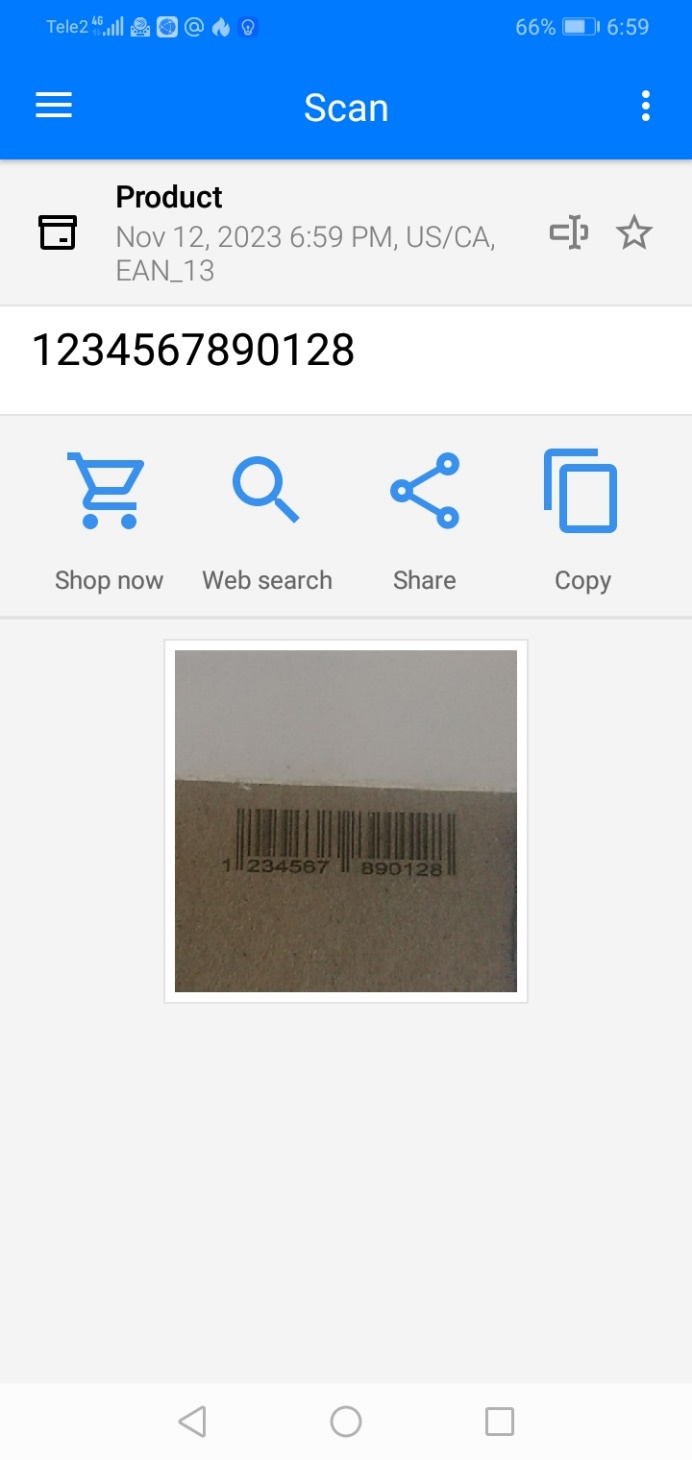 | 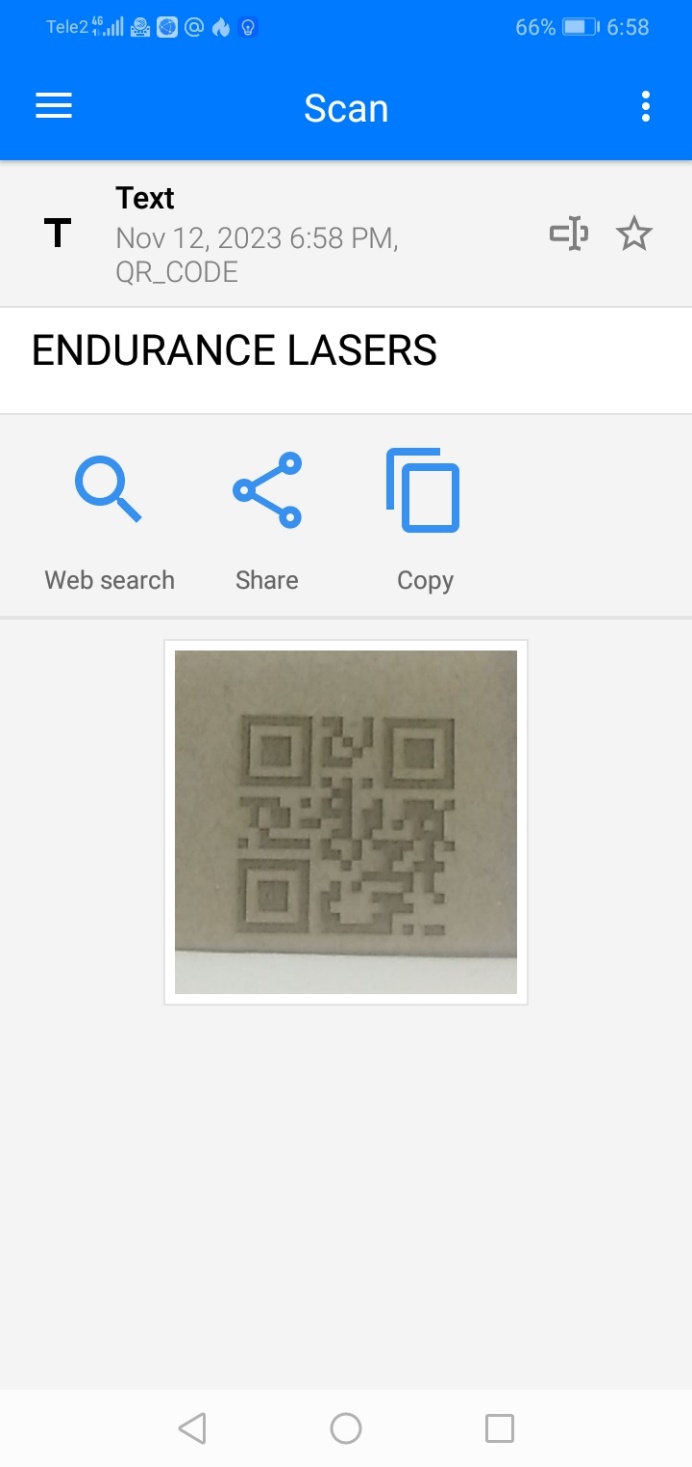 |
Markings under the microscope camera:
| Barcode EAN-13 | QR code |
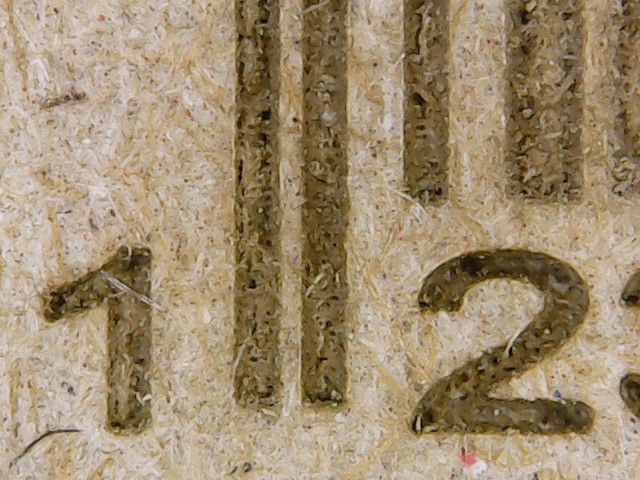 | 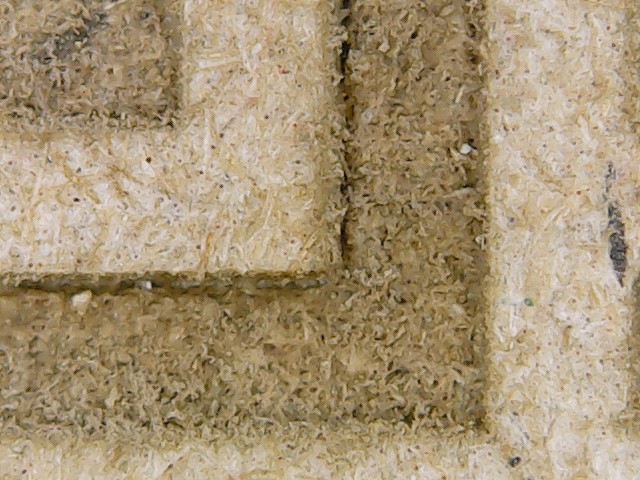 |
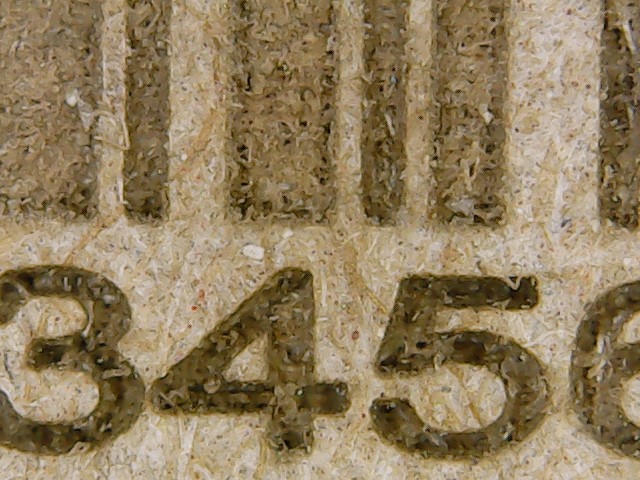 | 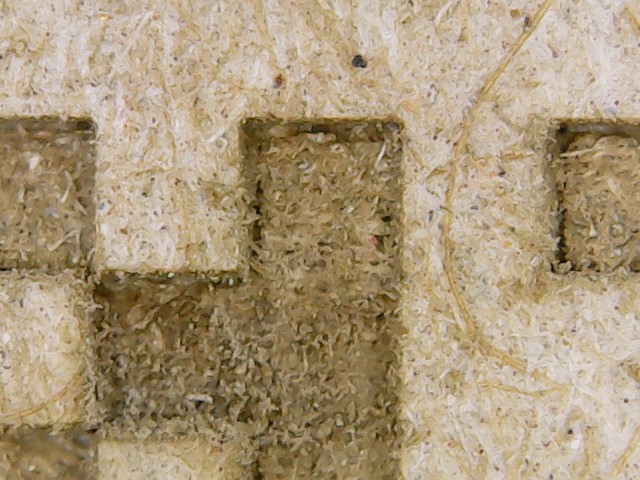 |
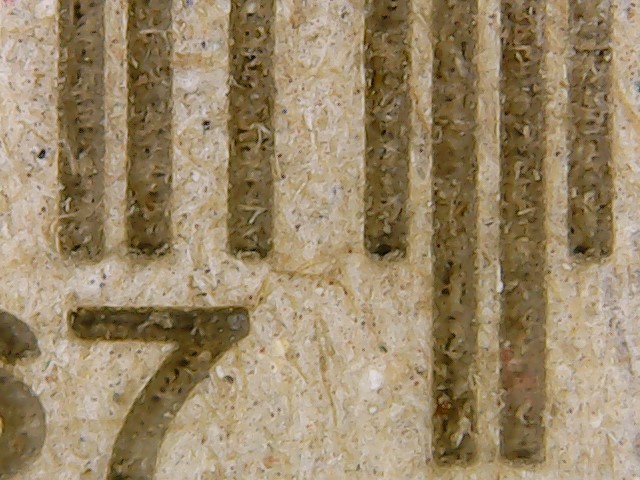 | 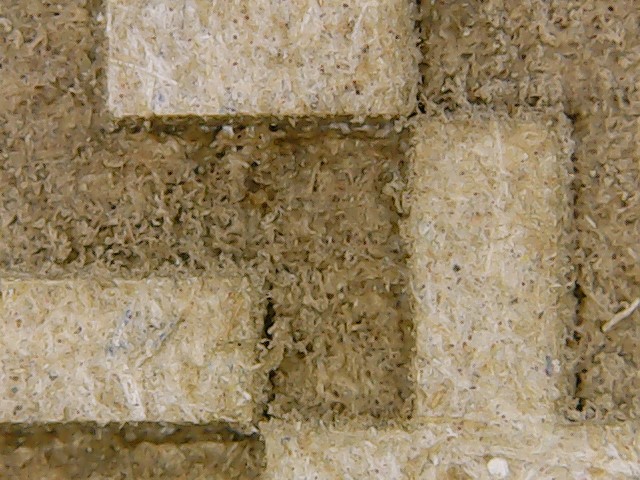 |
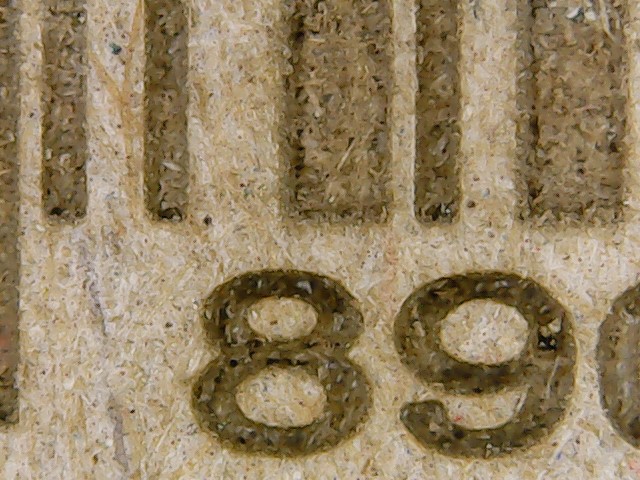 | 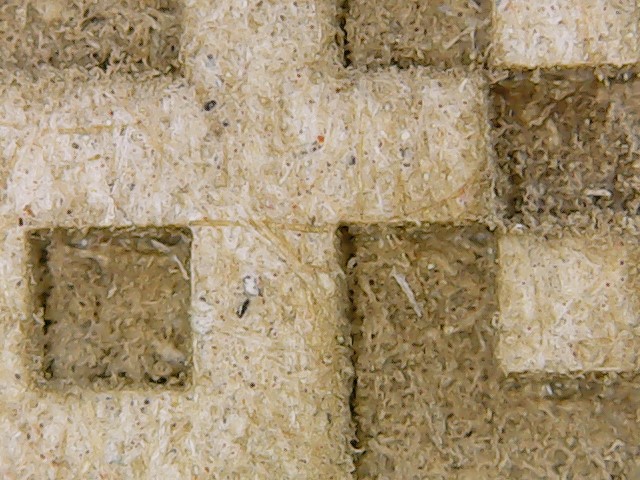 |
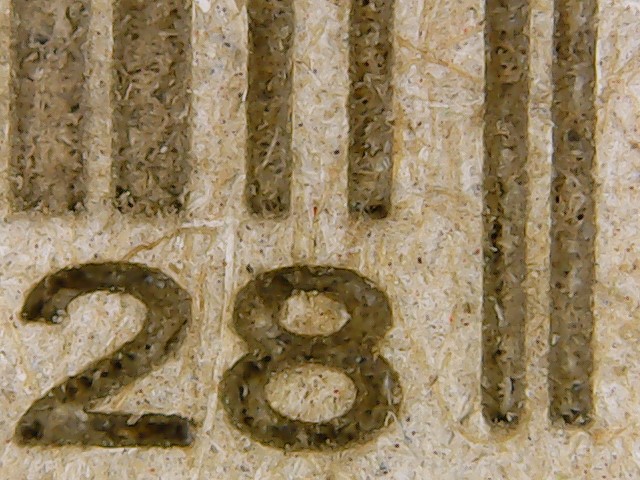 | 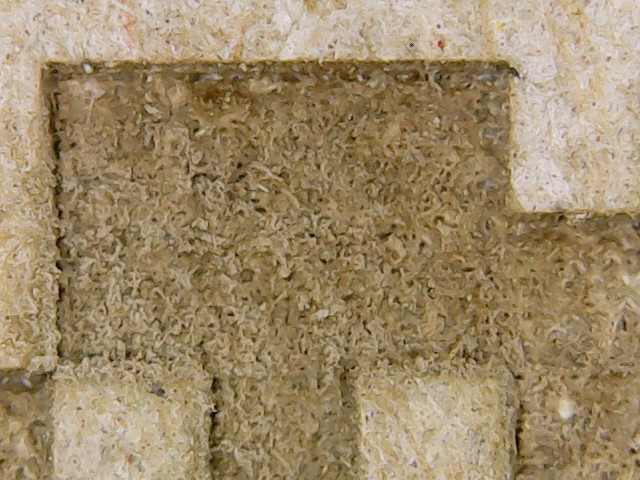 |
Sample No. 4: Beer cardboard
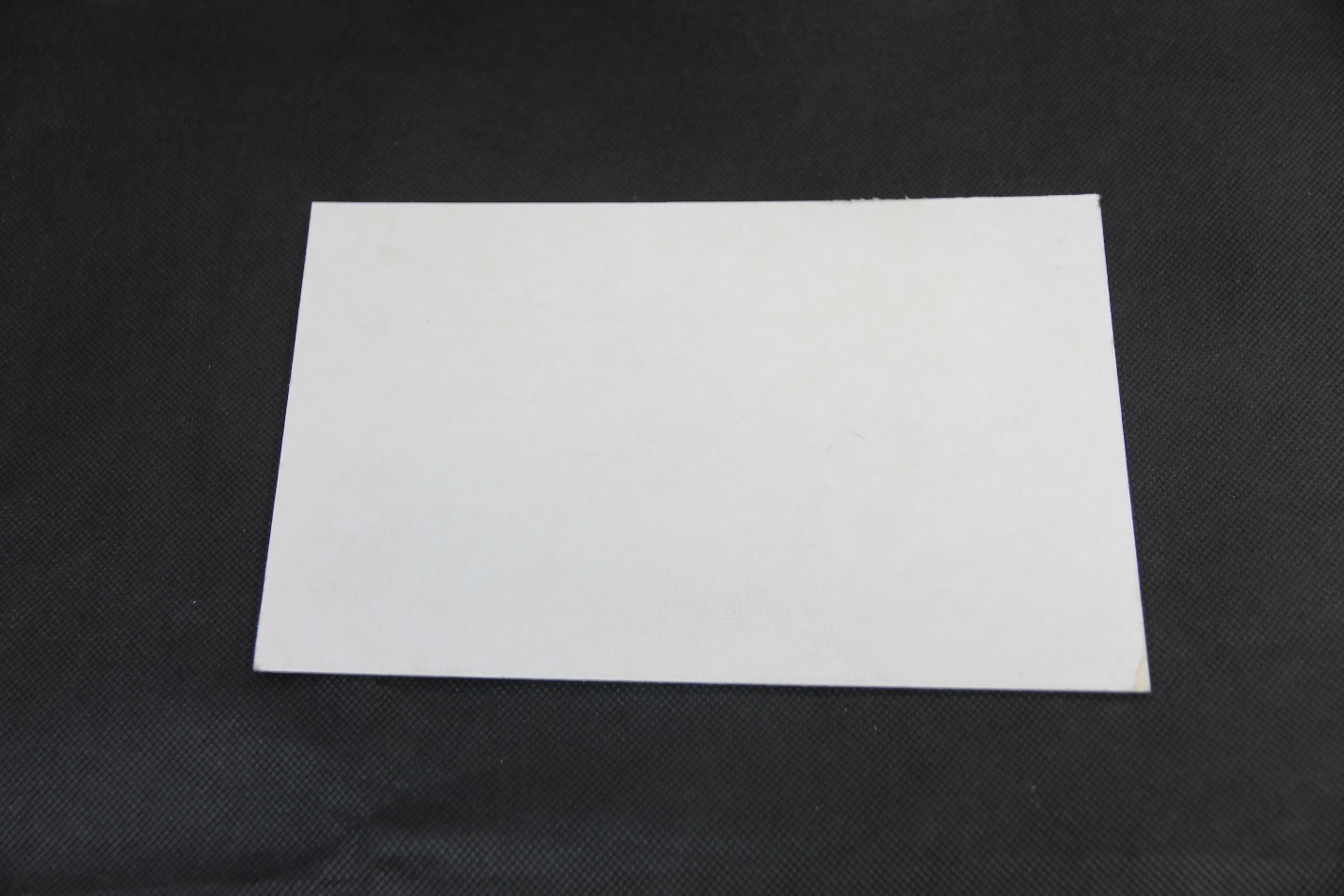
Based on the test results, the following labeling parameters were selected:
Frequency (kHz): 80
Q Pulse Width (us): 1
Speed (mm/s): 200
Loop Count: 2
Start TC (us): 100
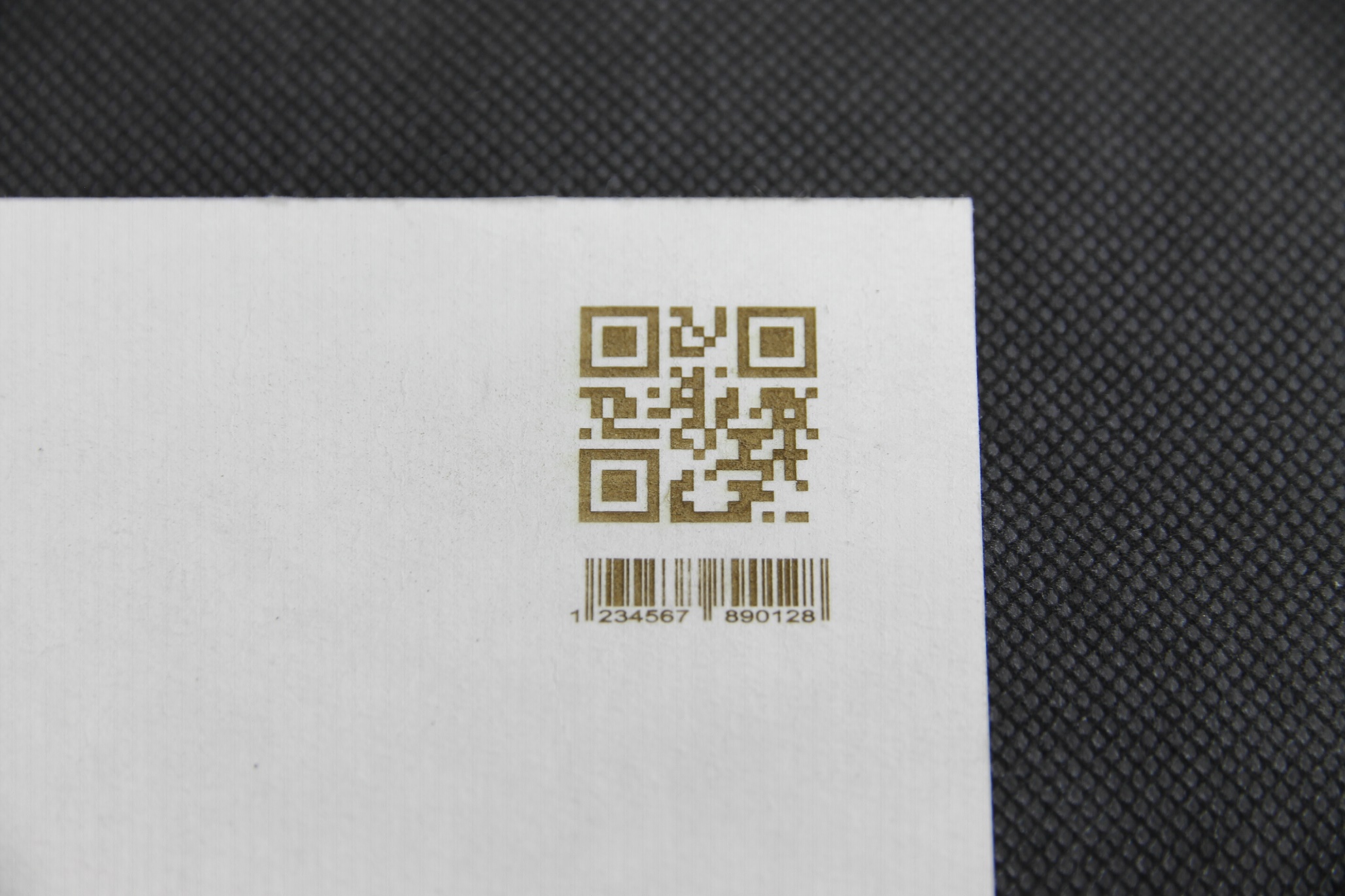
Marking on beer cardboard
Barcode Reading
| Barcode EAN-13 | QR code |
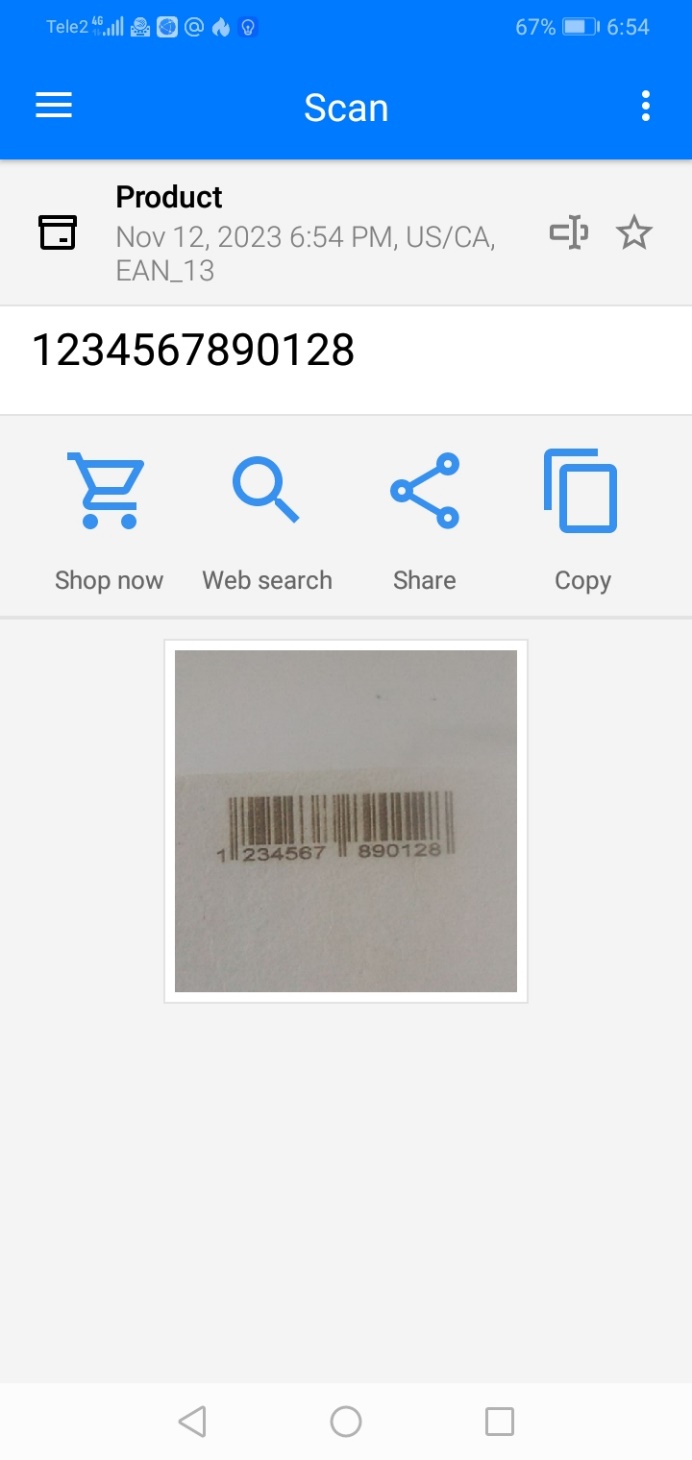 | 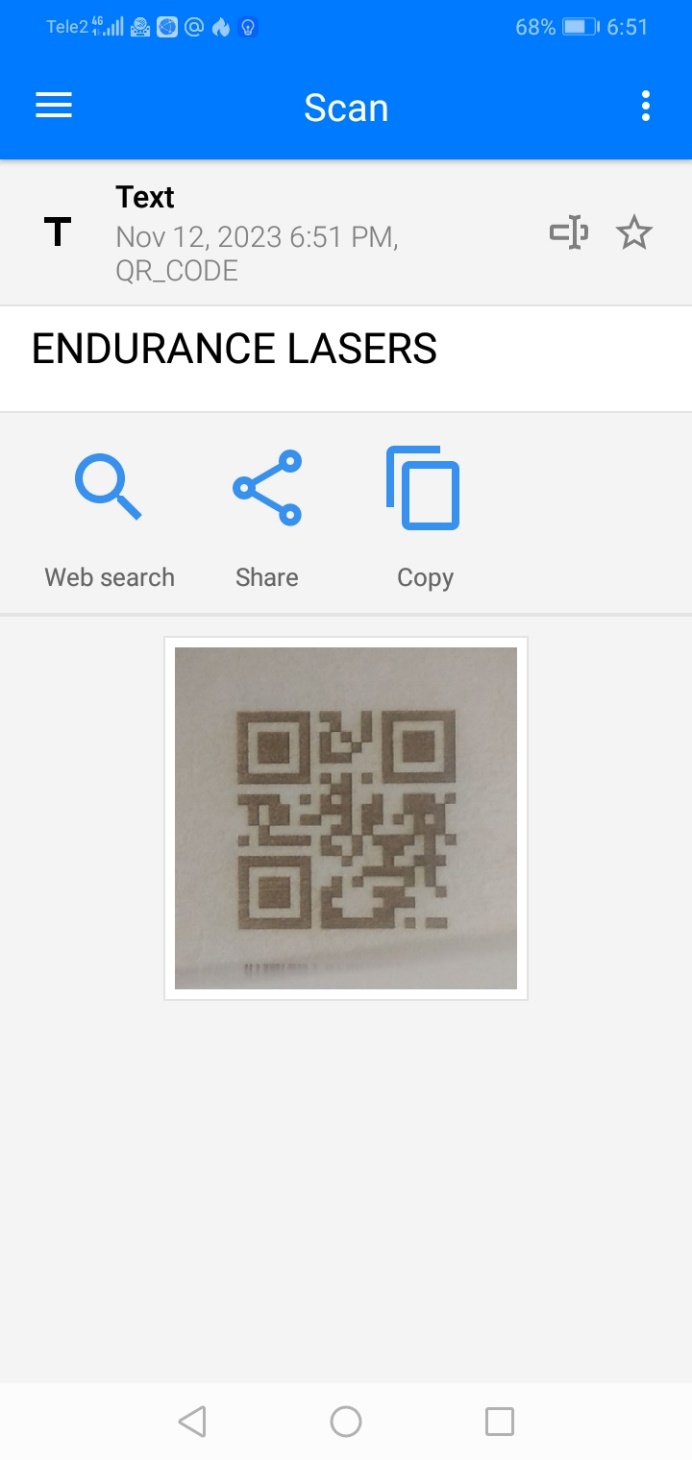 |
Markings under the microscope camera:
| Barcode EAN-13 | QR code |
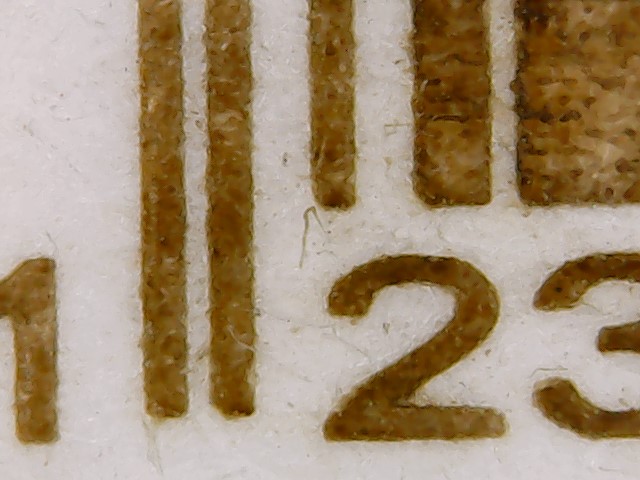 | 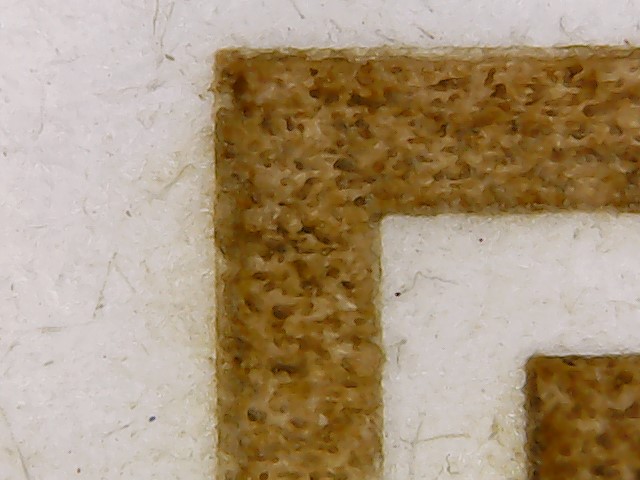 |
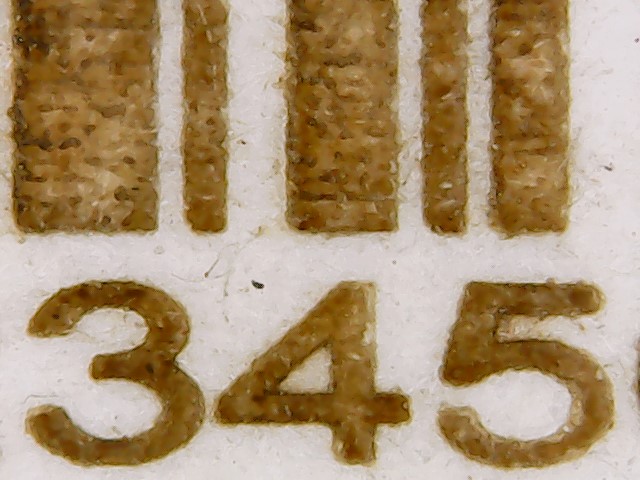 | 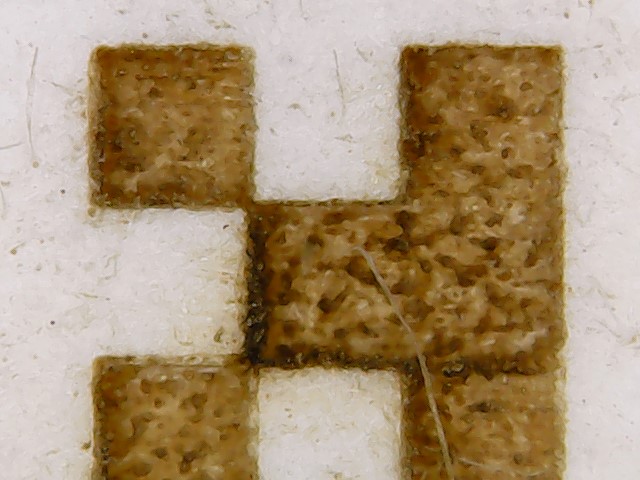 |
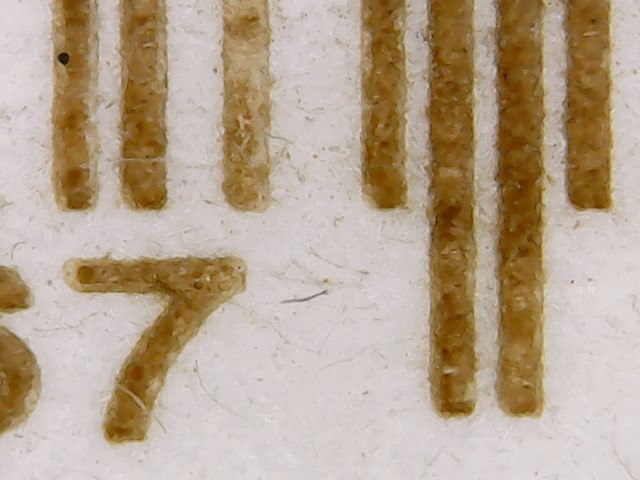 | 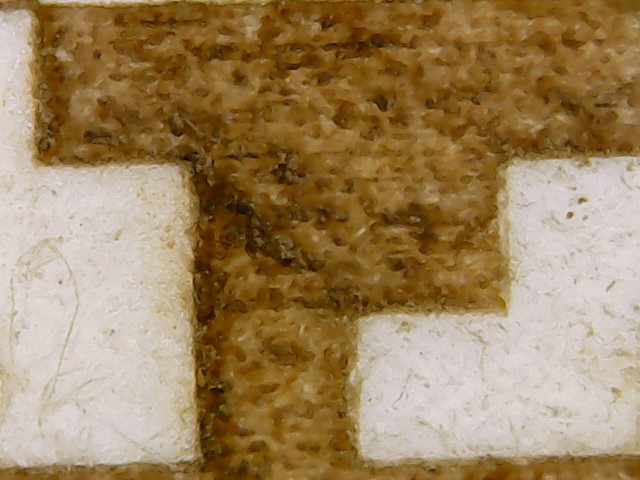 |
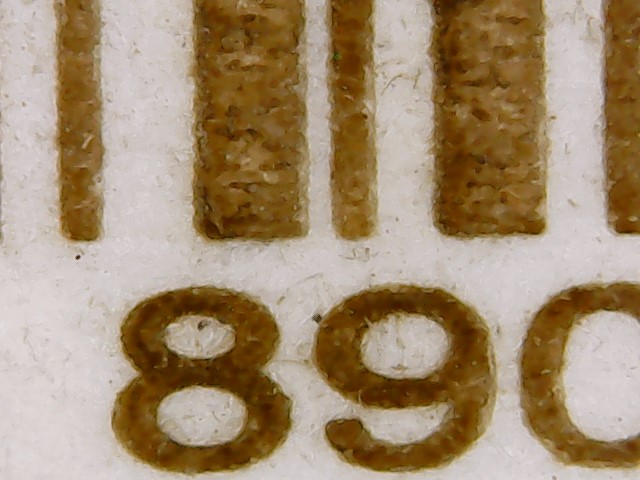 | 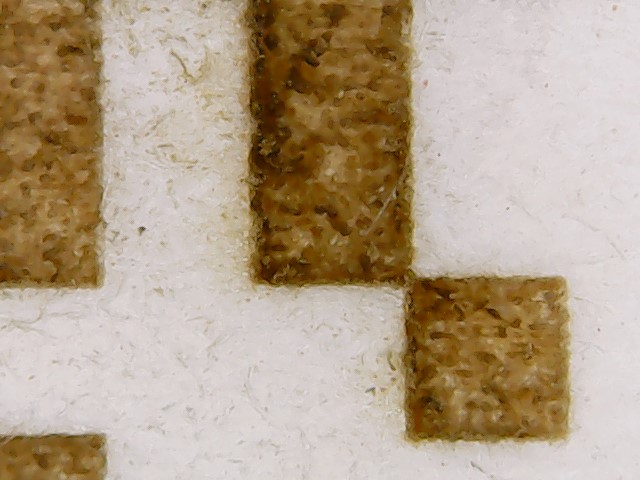 |
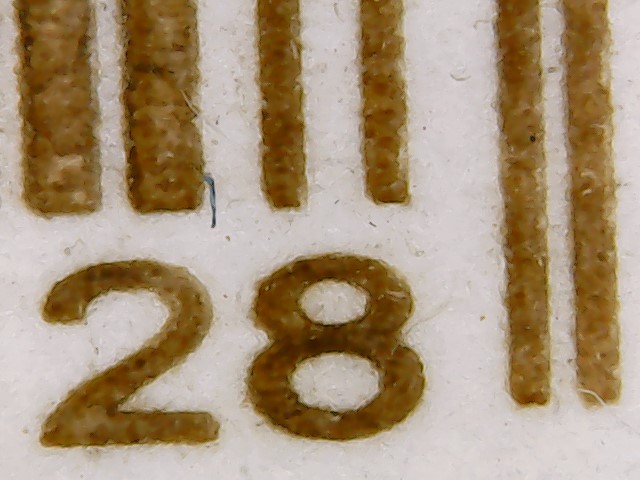 | 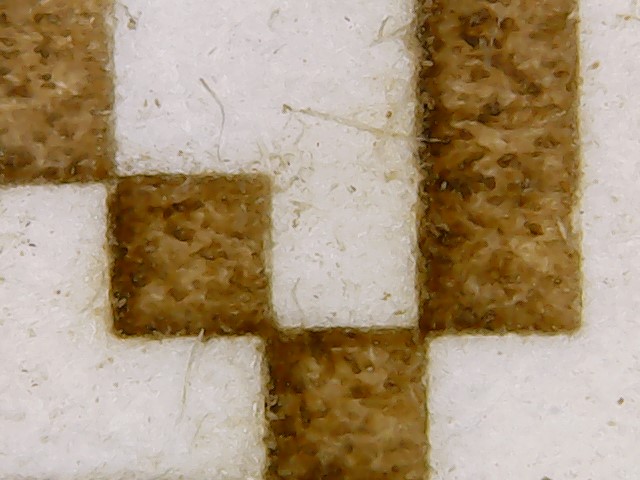 |